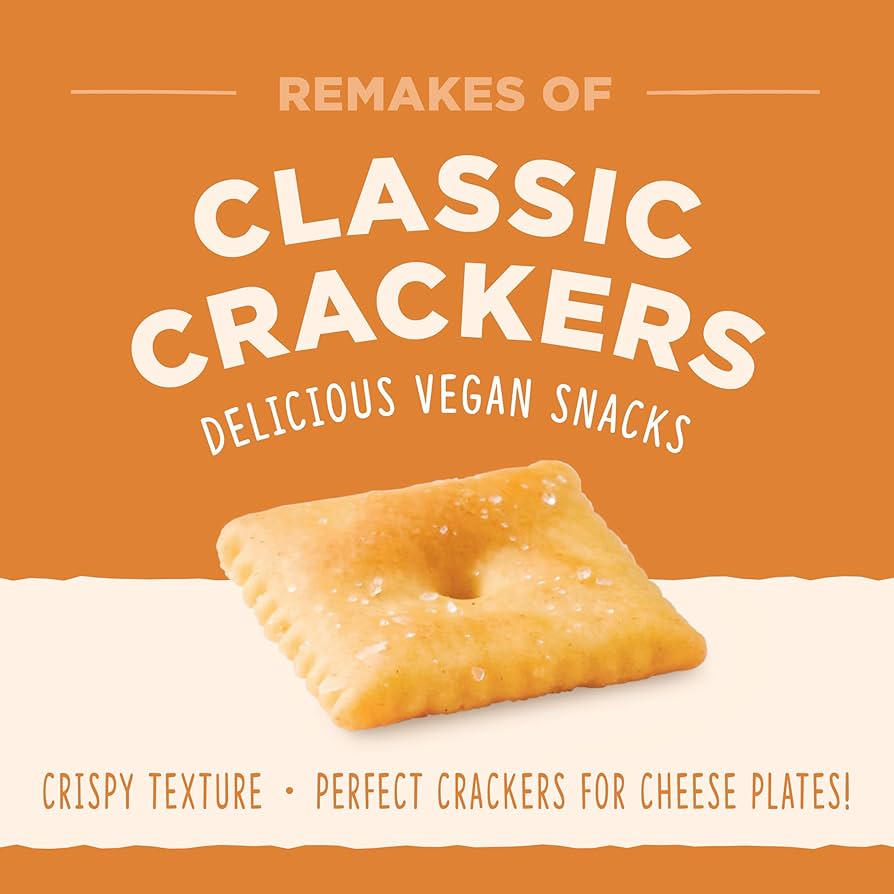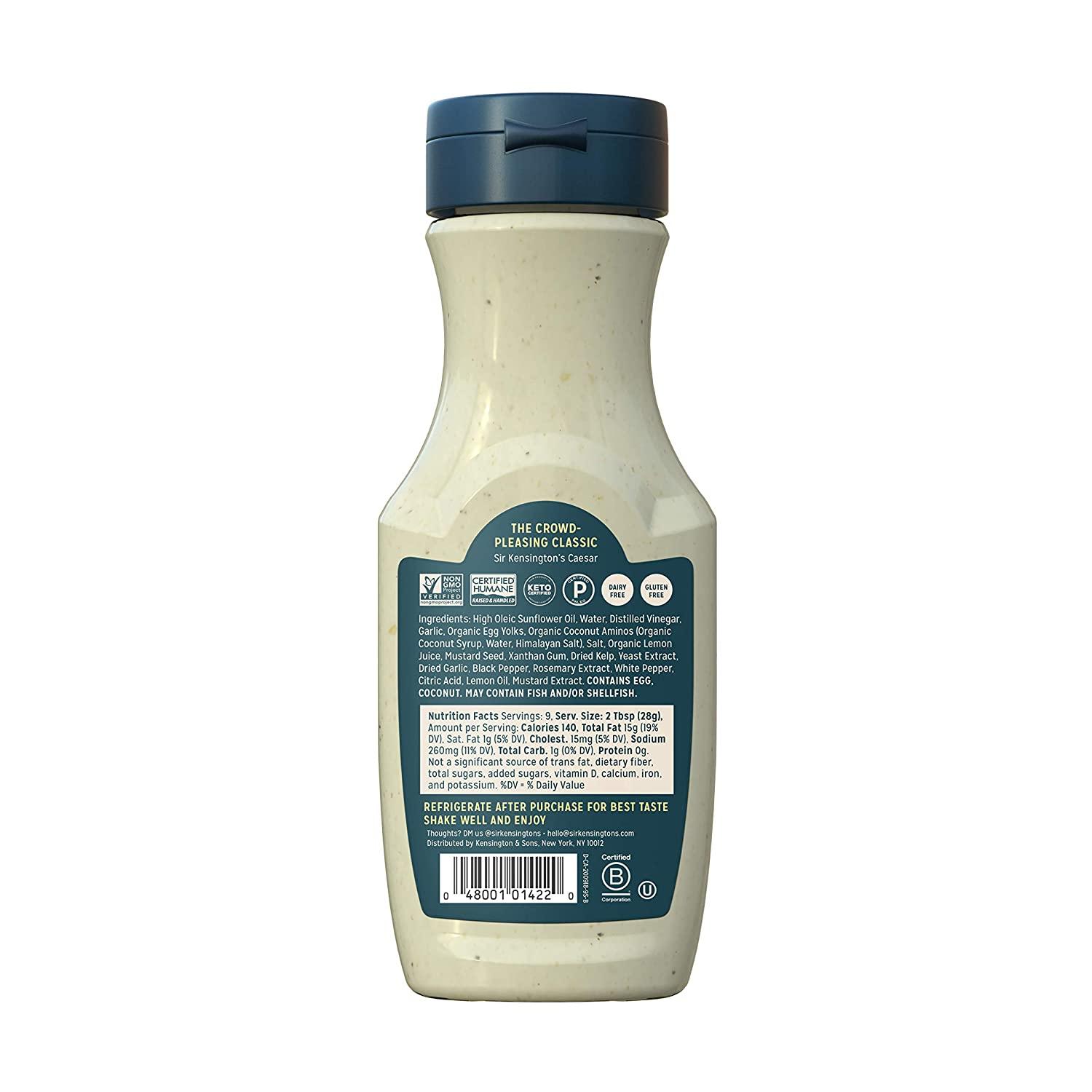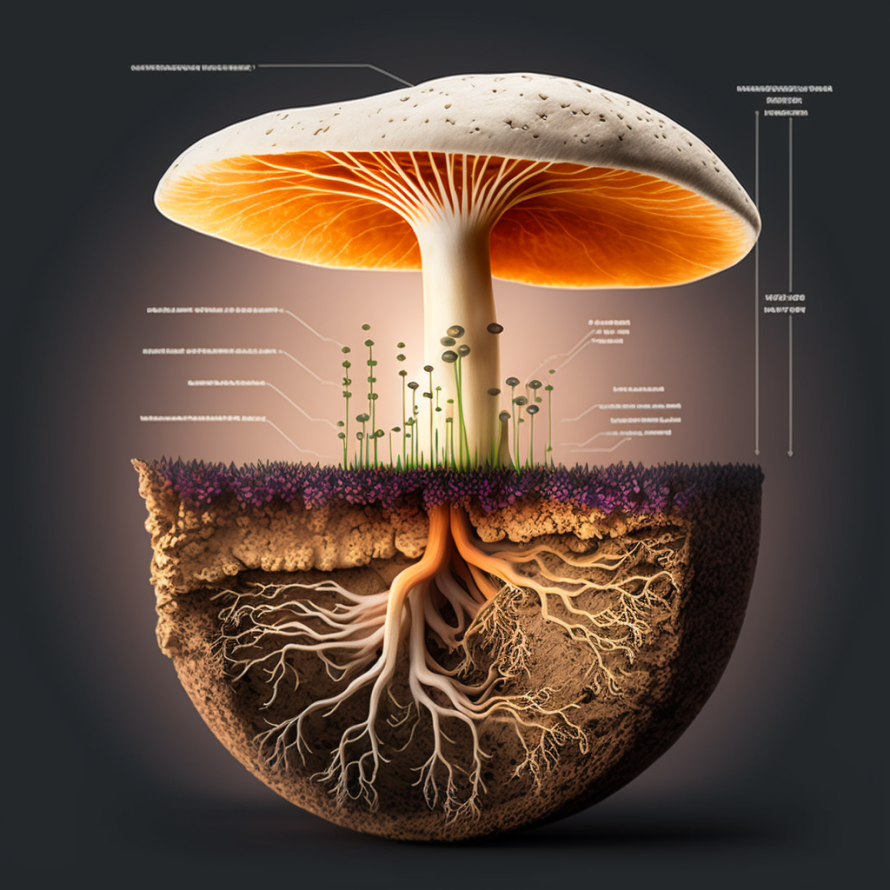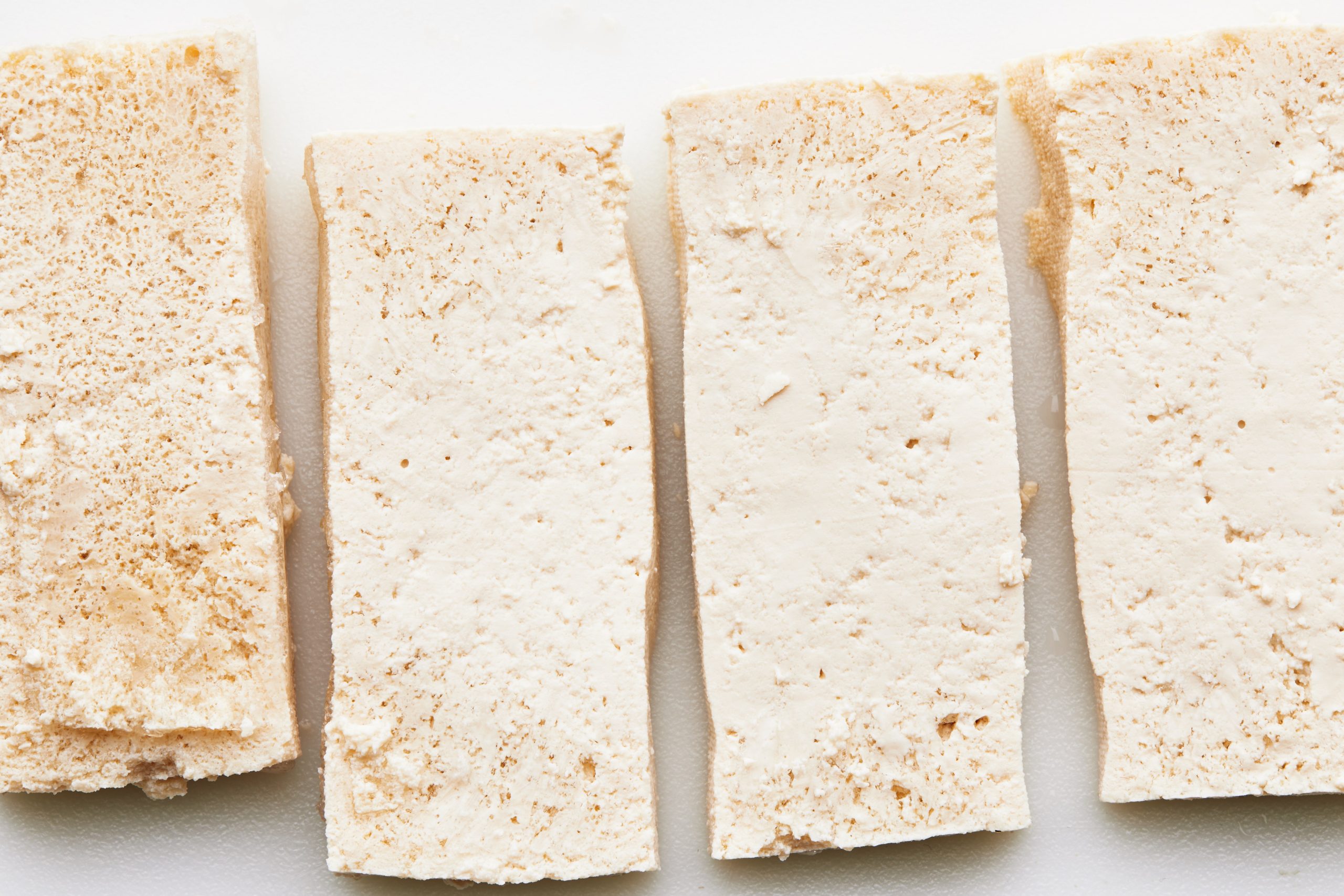Discover the Delicious World of Vegan Crackers: A Healthy Snack Option
– Some crackers may not be suitable for a vegan diet as they often contain dairy products to enhance flavor, color, and texture.
– Dairy-based seasonings, such as cheese, onion, nacho, ranch, sour cream, and barbecue, are frequently used in crackers.
– However, there are many vegan cracker brands available, or at least some vegan flavors within certain brands.
– It is important to check the sodium content of pre-packaged crackers, as they often have high sodium levels.
– Savory snacks, including crackers, contribute to about 40% of the sodium consumed by Americans.
– To maintain a balanced diet, sodium intake should be kept below the daily value level of 20%.
– Some crackers may contain trace amounts of dairy in their seasoning blends, specifically from whey solids, so it is important to check the ingredient label.
– Added sugar is commonly found in pre-packaged foods, including vegan crackers. The American Heart Association recommends a limit of around 6-9 teaspoons of added sugar per day.
– Saturated fat, which can be high in pre-packaged foods like crackers, should be consumed in moderation. The Dietary Guidelines for Americans recommend consuming less than 10% of daily calories from saturated fat.
– Some top picks for vegan crackers include Doctor In The Kitchen – Organic Flax Seed Crackers, Flackers Organic – Cinnamon & Currant Flax Seed Crackers, Mary’s Gone Crackers Herb, and Mary’s Gone Crackers Organic Everything Super Seed. These crackers have high nutritional value, little to no processing, and low carbon and water footprints. They also have low saturated fat and added sugar content.
– Lundberg Family Farms – Organic Lightly Salted Wild Rice Cakes: Nutritional value: Certified Vegan, 1g of saturated fat, 219mg of sodium, and 0g of added sugar per serving. Processing: Unprocessed or minimally processed. Ingredients: Organic Whole Grain Brown Rice, Organic Wild Rice, Sea Salt. GreenScore®: 5.0 stars (5 reviews), contains dietary fiber (4% DV).
– Simple Mills – Cracked Black Pepper Almond Flour Crackers: Nutritional value: Certified Vegan, 0g of saturated fat, 25mg of sodium, and 0g of added sugar per serving. Processing: Unprocessed or minimally processed. Ingredients: Nut and Seed Flour Blend (Almonds, Sunflower Seeds, Flax Seeds). GreenScore®: 79/100, contains dietary fiber (not specified).
– Majans Snack Nibbles – Bhuja Cracker Mix: Nutritional value: Certified Vegan, 0g of saturated fat, 180mg of sodium, and 0g of added sugar per serving. Processing: Moderately processed. Ingredients: Multigrain Noodles (Yellow Peas, Chick Peas, Sunflower Oil, Rice, Potato, Tapioca, Sesame, Salt, Cumin), Rice Crackers (Rice, Soy Sauce, Cane Sugar, Tapioca, Sesame, Seaweeds, Chilli), Green Peas, Peanuts, Chick Peas, Sultanas, Sunflower Oil, Salt, Spices (Turmeric, Chillies, Paprika), Maltodextrin, Cane Sugar, Vegetable Powder. GreenScore®: 82/100, contains dietary fiber (7% DV).
– Crunchmaster – Sea Salt Protein Snack Crackers: Nutritional value: 0g of saturated fat, 170mg of sodium, and 1g of added sugar per serving. Processing: Moderately processed. Ingredients: Brown rice flour, garbanzo flour, brown rice protein, sesame seeds, potato starch, safflower oil, sea salt. GreenScore®: 77/100, contains dietary fiber (7% DV).
– Real Food From The Ground Up – Cauliflower Crackers Sea Salt: Nutritional value: 0g of saturated fat, 170mg of sodium, and 0g of added sugar per serving. Processing: Moderately processed. Ingredients: Cauliflower flour, wholegrain rice flour, cassava flour, potato starch, rice flour, potato flakes, cassava starch, rspo palm oil, salt, sugar, baking powder, rice fibers, sunflower lecithin. GreenScore®: Not specified.
– Nabisco’s Premium Saltine Crackers and Christie’s Premium Plus Crackers in Canada are vegan-friendly, certified by PETA. Sunshine Krispy Saltine Crackers and Keebler Saltine Crackers, produced by Kellogg’s, are also vegan. All of these brands have similar ingredients, including enriched flour, soybean oil, salt, and baking soda. There are also variations like unsalted and whole wheat options available.



